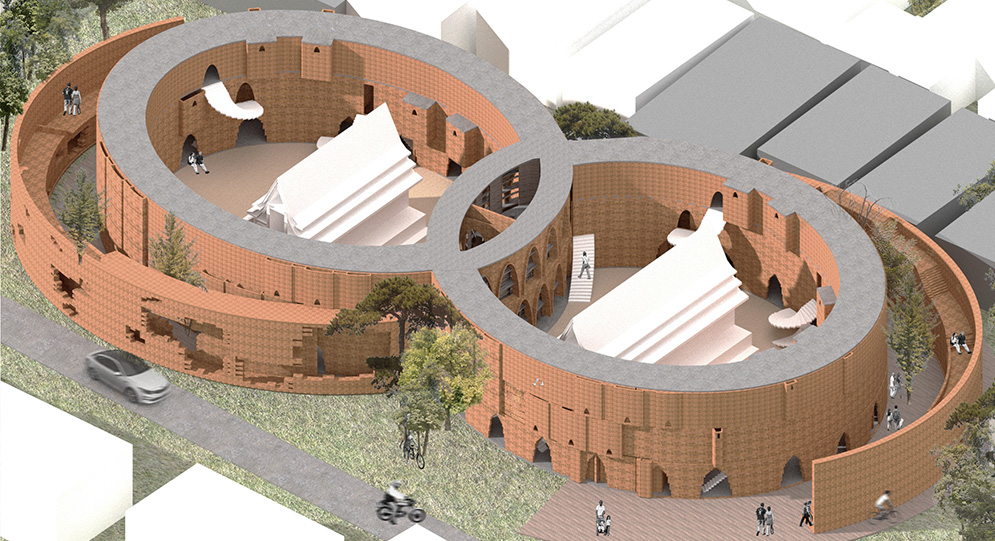
Sanctuary Serenity
Background: Our project aims to bring temples back into people's lives in a world dominated by digital distractions. We want to improve mental well-being, help people reconnect with themselves, and promote real human interactions. Our sanctuary acts as a place for inner peace, regardless of religious beliefs
Target Audience: People who open to exploring and experiencing a sense of inner peace and serenity, irrespective of religious affiliations.
Role and Responsibilities:
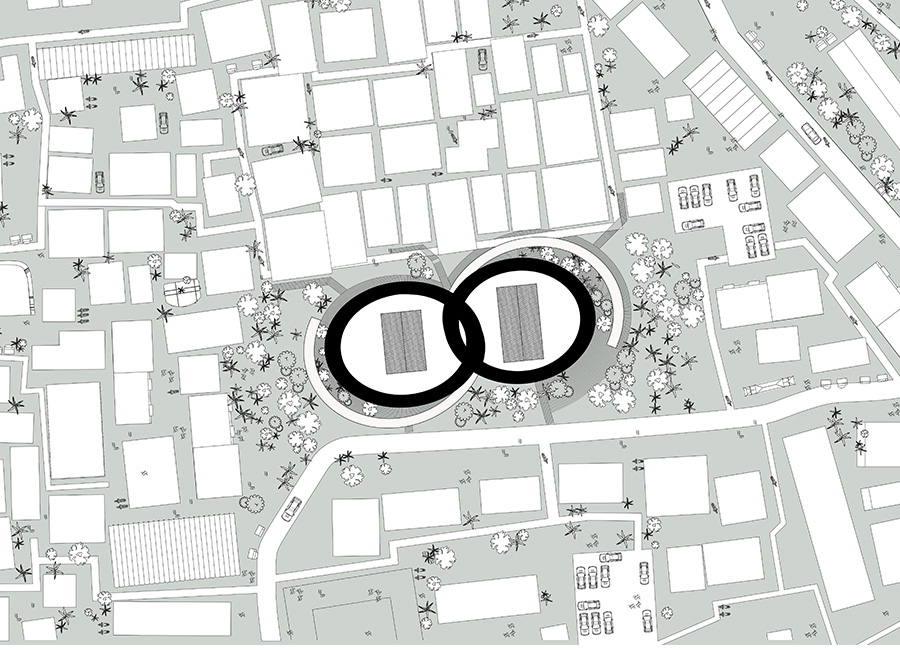
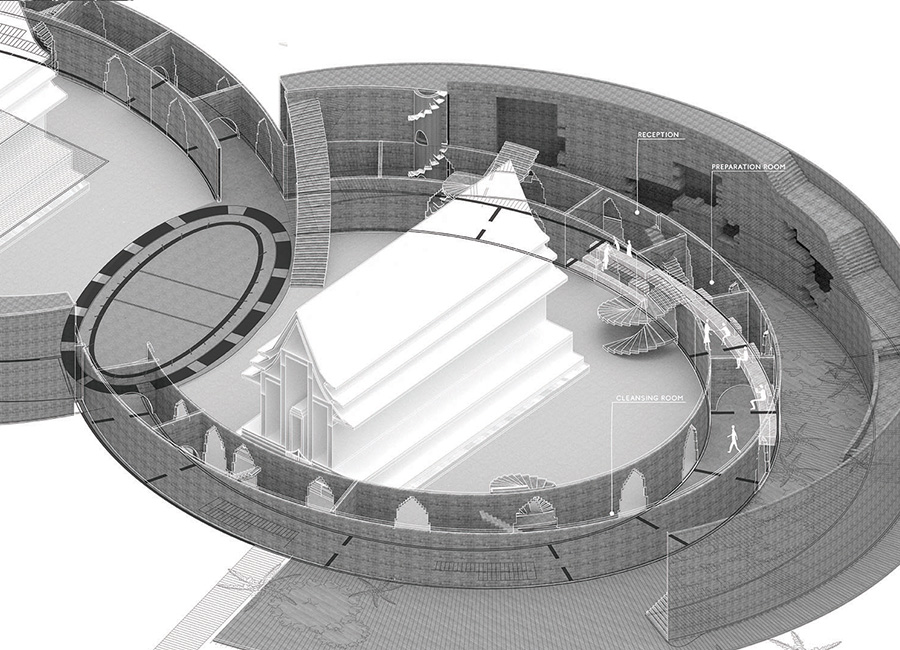
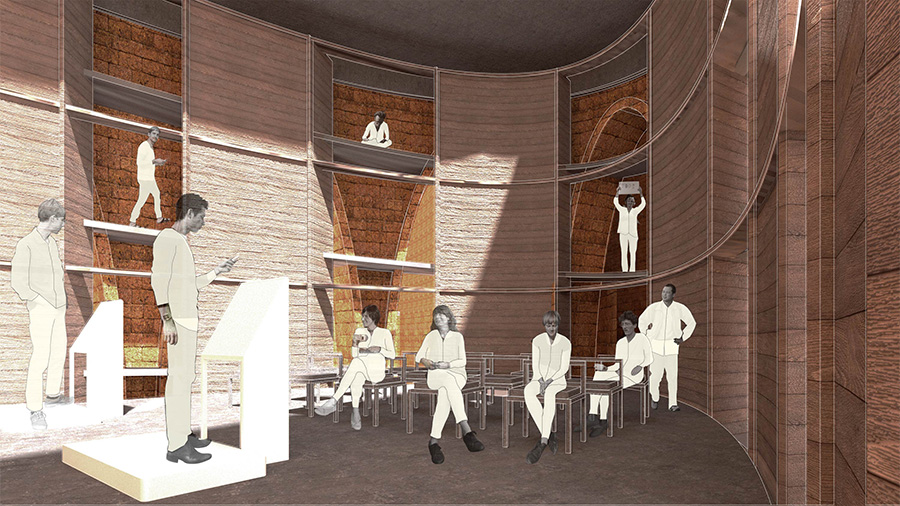
Process overview
Research & Emphathize
During this phase, I segmented the research into two main parts: firstly, exploring the relationship between temples and Buddhism, and secondly, gaining a deeper understanding of the site.
Define
Challenges: Research shows that in the past, temples were multifunctional, serving not just as religious sites but also as educational centers, tourist attractions, art conservatories, and storage spaces. Today, people are less connected to temples and more focused on Wi-Fi, resulting in the abandonment of some temples.
Pain Points:
Ideate
During the ideation phase, I generated multiple solutions to address the identified pain points, one of which involved creating architectural designs by diversifying a single model into various forms
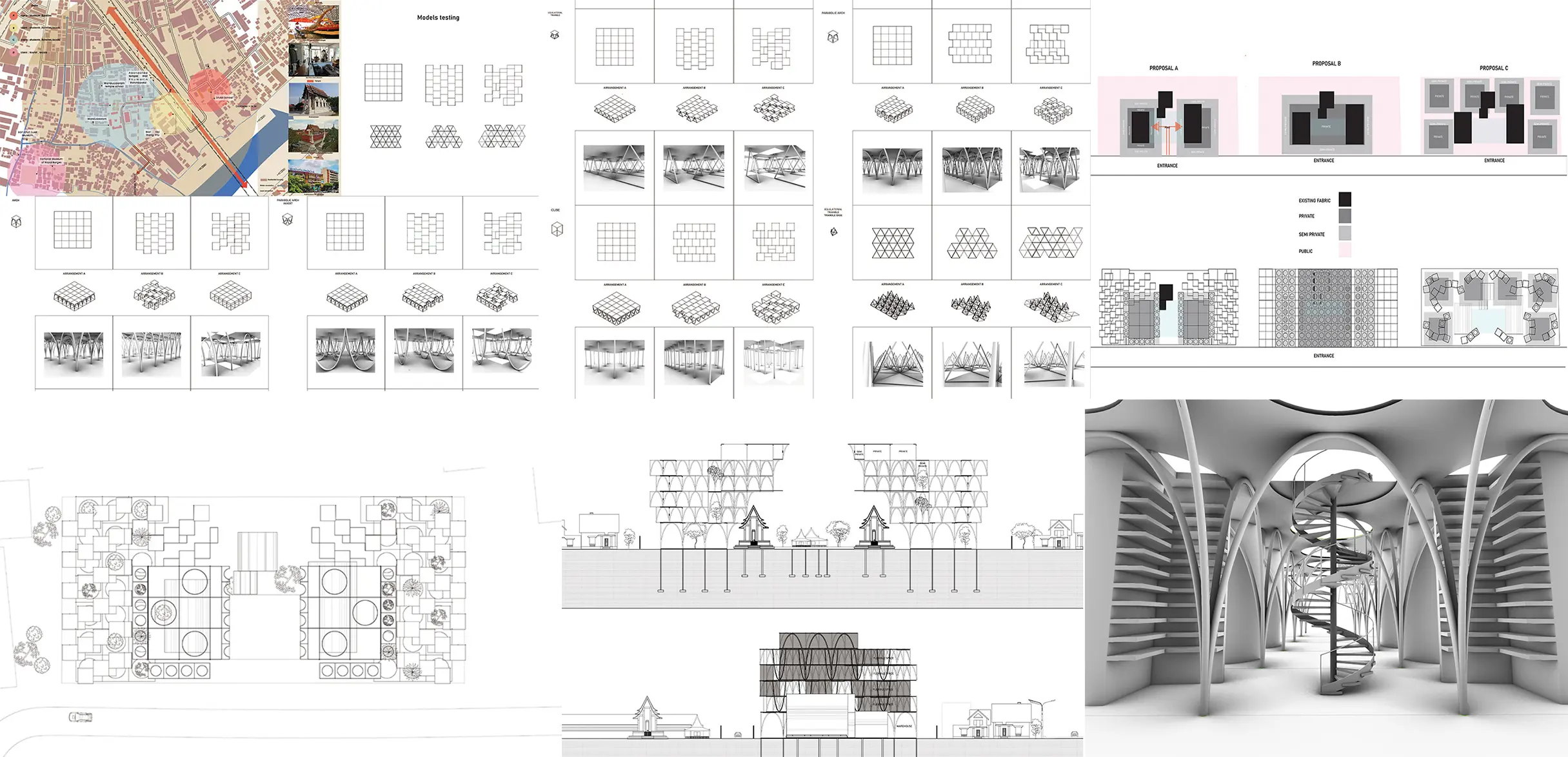
Prototype and Sketches
I preserved the two existing sanctuaries in the abandoned temple and enclosed them with a symmetrical
space to establish clear architectural boundaries.
The outer ring features green spaces, creating a
protective shield from the chaos of the outside world.
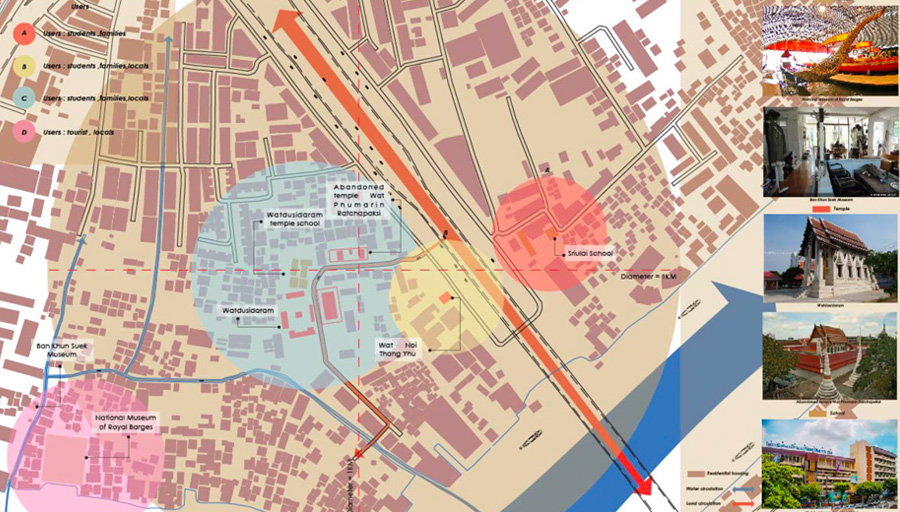

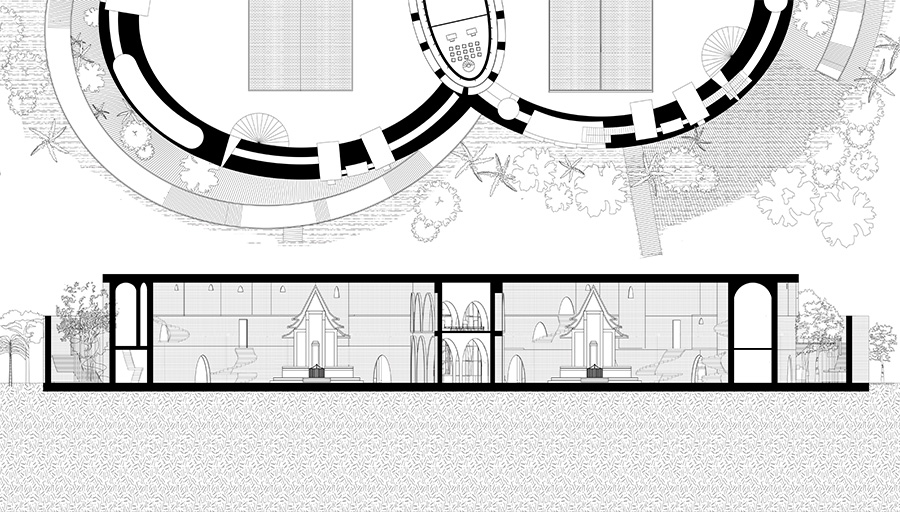
In the 2nd-floor plan, the architecture consists of two rings: an inner and an outer ring. The inner ring is designed with walls to create rooms, disconnecting people from the internet and encouraging them to focus on their surroundings and themselves.
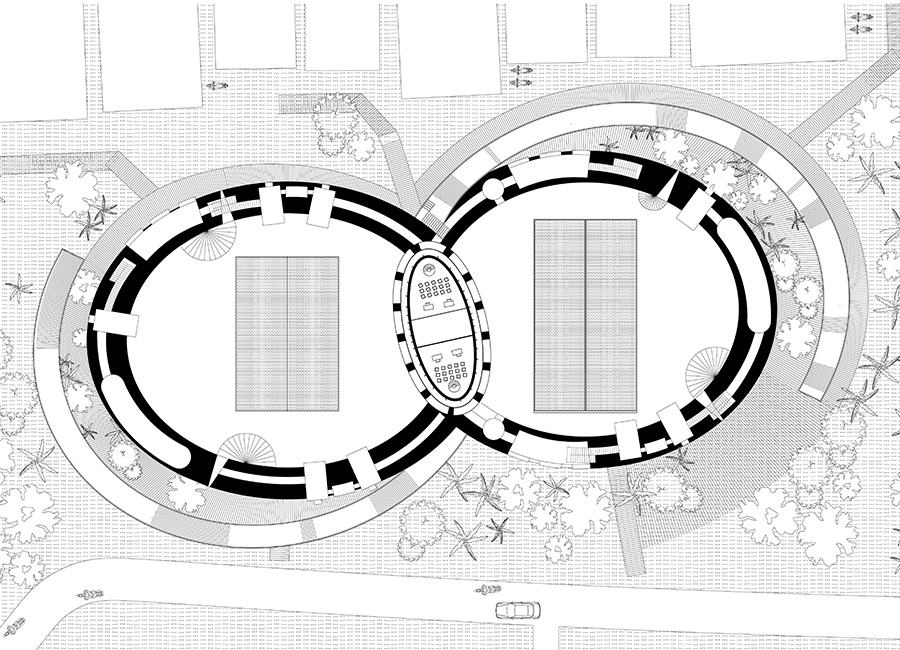
Final
The outer rings: The main entrance is an elevated ramp, providing both an escape from the outside world and a space for people to interact with the design.
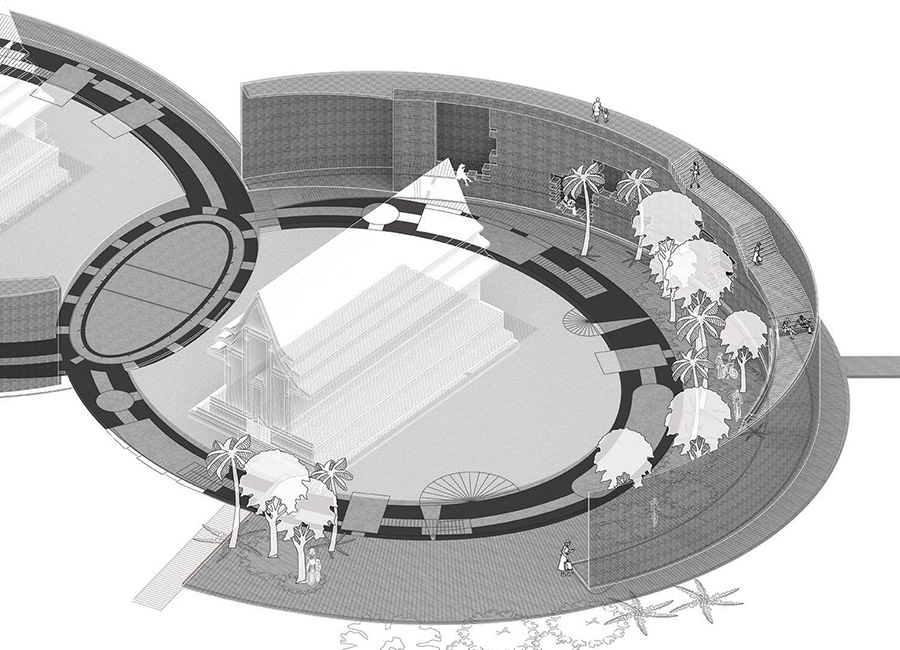

The clense room: After entering the inner ring, visitors undergo a cleansing process, starting with a reception where they sign in. Next, they proceed to the preparation room for tea, relaxation, and detoxification. Finally, in the cleanse room, they change their clothes and clean up, all in preparation for a Wi-Fi-free environment

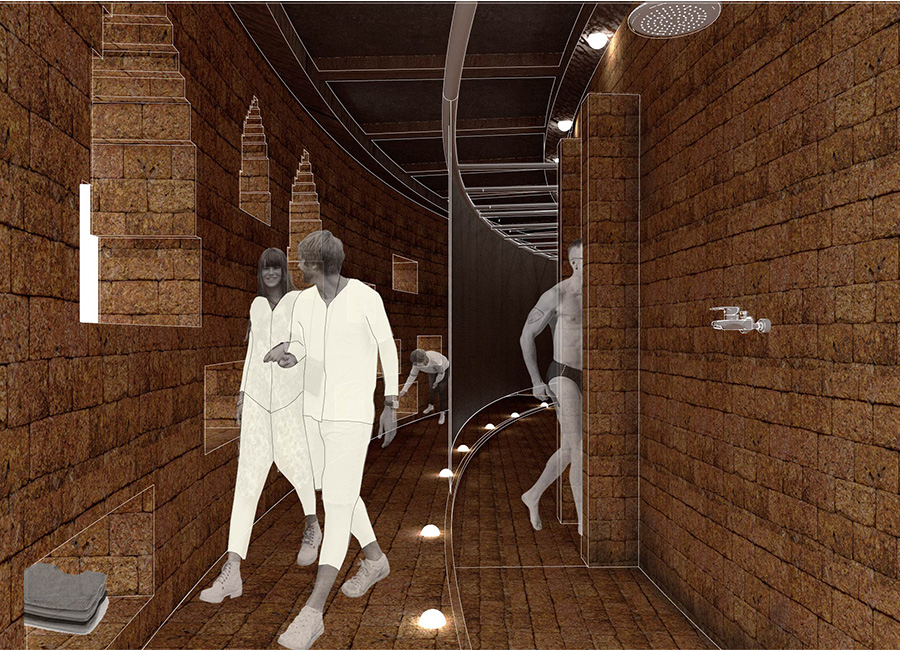
The inner rings: After completing the cleaning process, visitors can explore hidden rooms in the wall, each offering unique experiences. Some rooms allow users to engage with different sounds, corresponding to the changing ambiance throughout the day and night
Light engagement
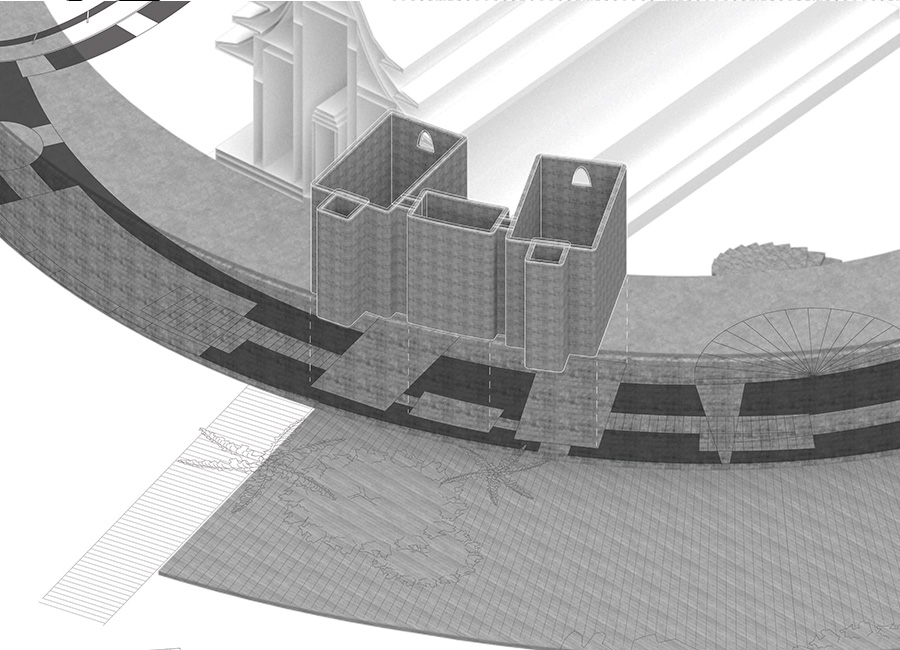
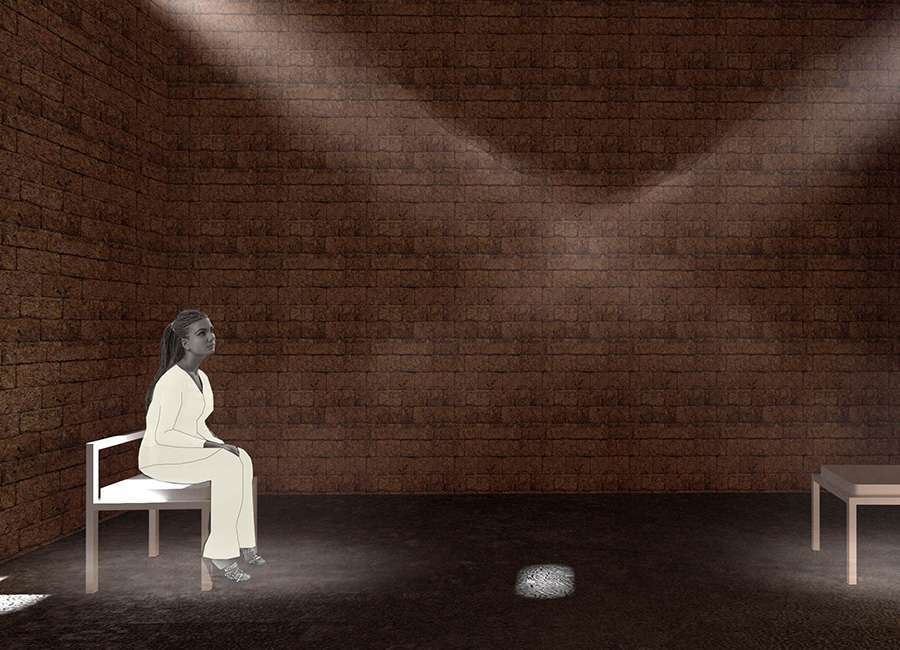
Sounds engagement
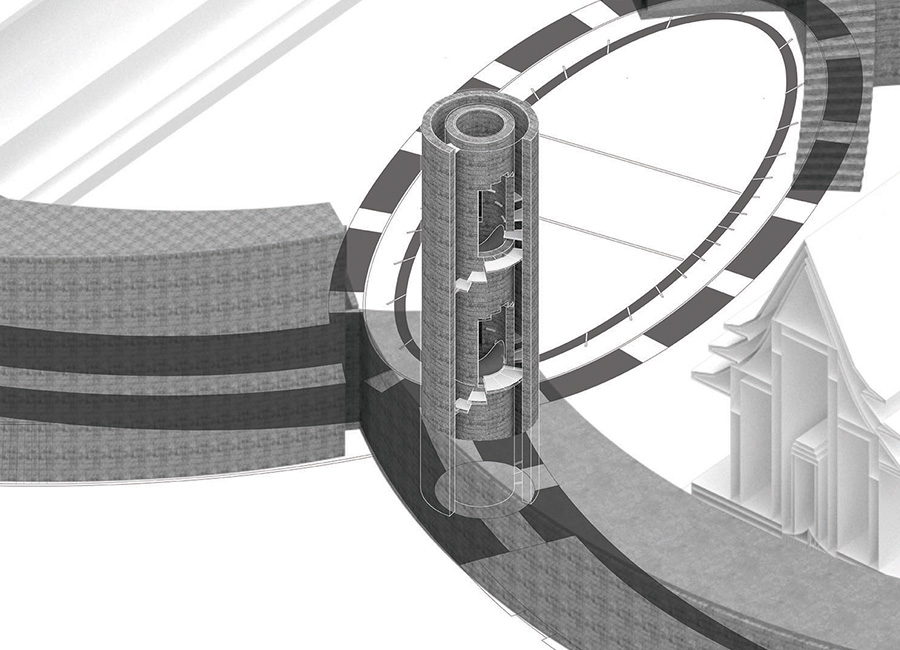
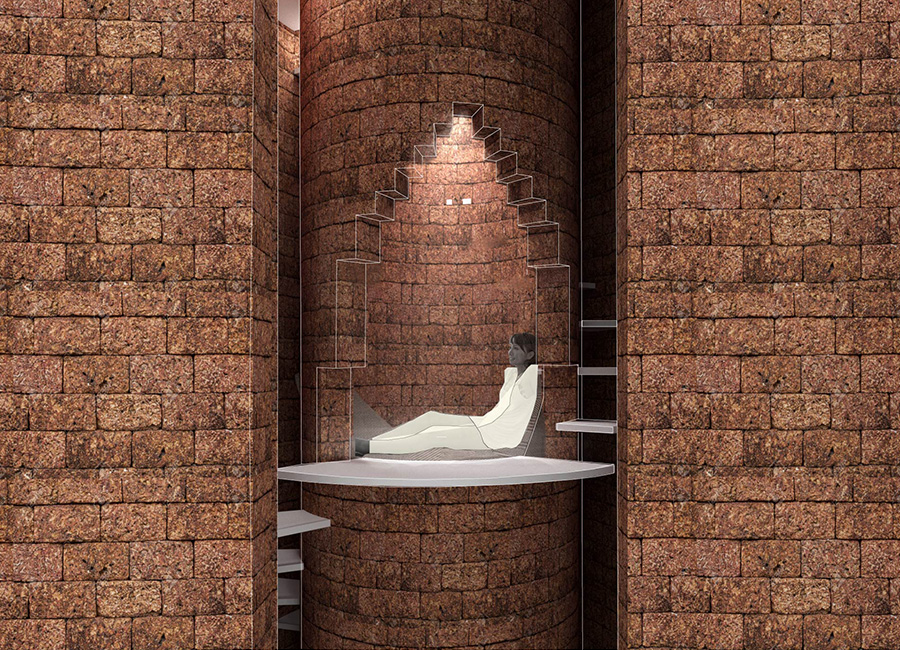
The center: The central room is a communal space for physical interaction, furnished with books and references along the spiral ramps to educate visitors as they ascend
On the ground floor, there's a reading area for learning about historical coping strategies, temple structures, and the Buddhist religion
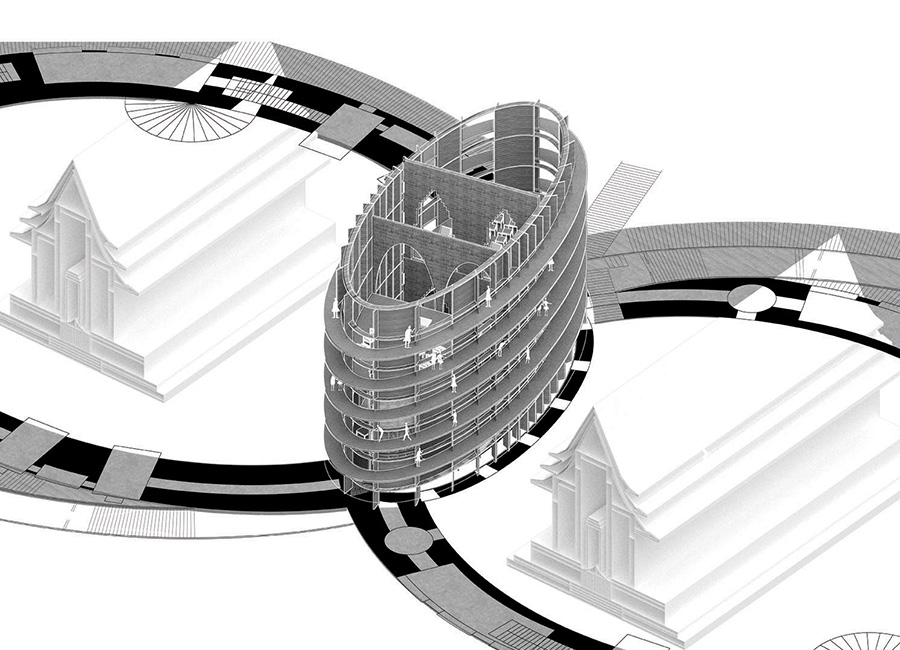
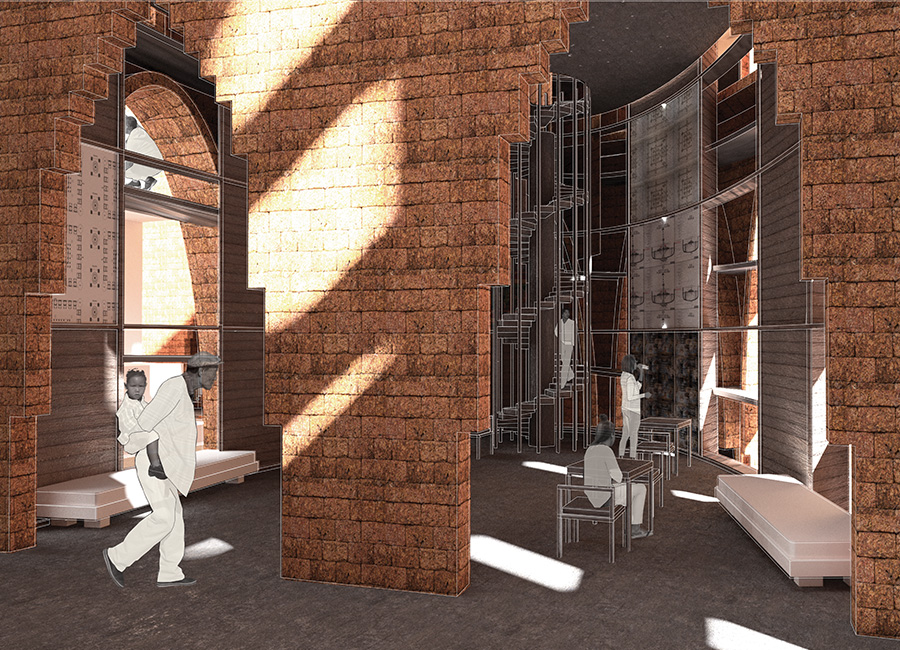
The 1st floor houses a debating room, encouraging meaningful interaction and staying present in the moment
